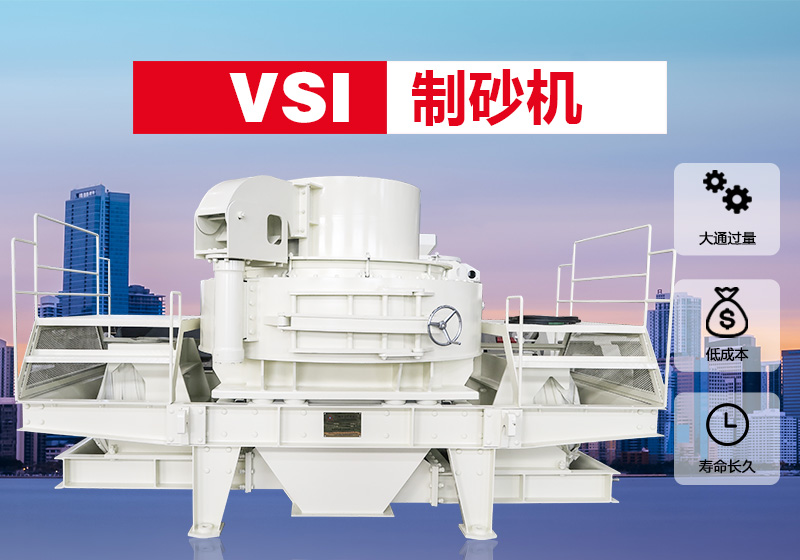
vibrating screens
1. Evenly distribute materials: When adding materials to the vibrating screen, ensure that the materials are evenly distributed on the screen surface to avoid excessive local accumulation that affects the output or causes unstable performance of the vibrating screen.
2. Control the feeding speed: During the process of feeding the vibrating screen, attention should be paid to maintaining a constant rate and avoiding too fast or too slow feeding speed. Too fast a feeding rate may lead to uneven distribution of materials on the screen surface, thus affecting the screening effect; while too slow a speed will reduce production efficiency.

vibrating screens
3. Avoid overloading: When feeding the vibrating screen, make sure that the load-bearing capacity of the equipment is not exceeded. Too much material may cause the vibrating screen to be overloaded, thus affecting the normal operation of the equipment and the screening effect. This problem can be avoided by adjusting the feeding rate and optimizing equipment parameters.
4. Check the condition of the screen: Before putting materials into the vibrating screen, make sure that the screen is complete and in good condition. Broken or clogged screens will affect the screening effect and may even damage the equipment. Check the screen regularly and perform maintenance or replacement in a timely manner.
5. Consider material characteristics: Different materials have different physical and chemical properties, so they should be appropriately adjusted according to their characteristics when put in. For example, materials with larger or heavier particles may require slower feed rates to avoid excessive impact on the vibrating screen.
6. Follow operating procedures: When placing materials, equipment operating procedures and manufacturer recommendations should be strictly followed to ensure the safety of equipment and personnel. Strengthen operational training for employees to improve their skills and awareness. Through the above measures, it can be ensured that the materials are placed in compliance with the requirements when feeding into the vibrating screen, thereby improving screening efficiency and equipment operation stability. In actual production, adjustments and optimizations need to be made according to specific conditions to maintain the working condition of the equipment.






 Leave Message
Leave Message Chat Online
Chat Online










